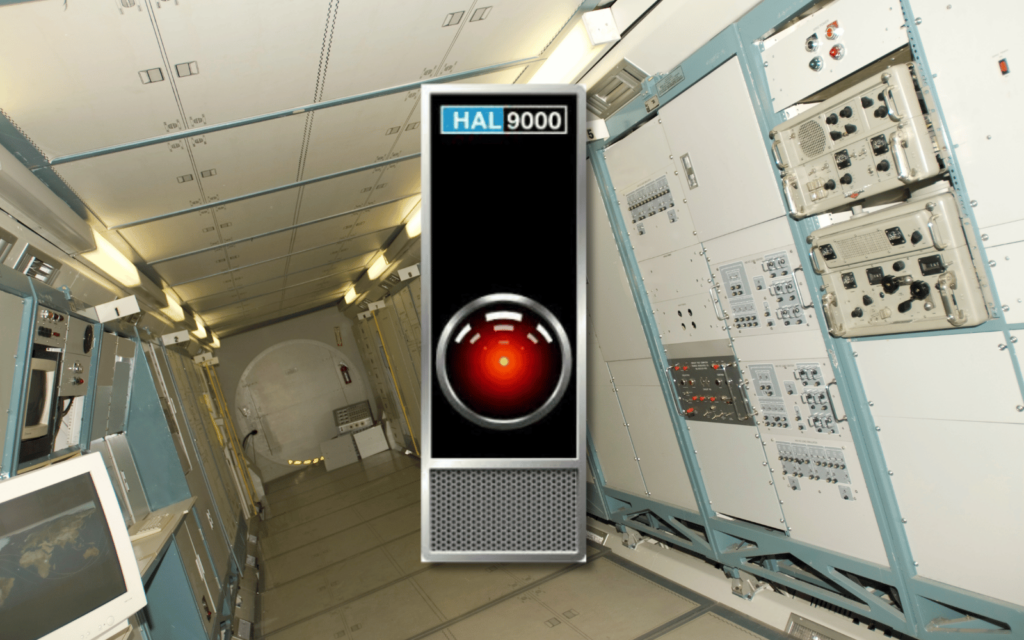It’s a common meme that any time a science fiction writer creates some terrible object of doom, a venture capitalist will see it, miss the cautionary tale entirely, and attempt to build it. NASA, despite having seen 2001: A Space Odyssey, seems bent on making a human-machine interface that sounds eerily similar to the movie’s main ‘villain’, HAL 9000.
But the buzzwords this time don’t have much to do with a film from the 1960s. Instead, America’s space agency is taking its cues from the modern day, artificial intelligence, and ChatGPT. But with its own spin on the tech, of course.
Turns out, NASA can do that
Visiting researcher at NASA Dr. Larissa Suzuki explained that the agency is working on its own natural language interface, reports The Guardian, with the first instalment set to debut on the Artemis program‘s planned Lunar Gateway. The Gateway is a planned space station orbiting the moon which will facilitate regular travel to and from the lunar surface.
The idea behind it is to facilitate conversations with some of the space-bound tech including probes. “The idea is to get to a point where we have conversational interactions with space vehicles and they [are] also talking back to us on alerts, interesting findings they see in the solar system and beyond,” said Suzuki. The same system could be used by an AI to predict the likelihood of equipment and mission failure and possibly step in before the situation becomes unrecoverable.
Read More: Firefly (Aerospace) will land on the far side of the Moon thanks to new NASA contract
Finally, astronauts could converse with the system, finding out how to perform complicated tasks without having to scour unwieldy user manuals and possibly instructing the ChatGPT-like interface to execute those tasks itself. Just like HAL 9000 was designed to. Right?
On that note, if you haven’t seen 2001: A Space Odyssey yet, make sure you also read the companion novel of the same name, written by sci-fi legend Arthur C. Clarke. The film was made at a time when it was reasonable to expect viewers to have also read the book. Kubrick’s visuals and overall weirdness make much more sense that way.
